The South America Medical Terminology Software Market is experiencing significant growth driven by the increasing need for standardized medical terminology for improved communication among healthcare professionals and institutions. This market is characterized by a competitive landscape where various companies strive to deliver innovative solutions tailored to local healthcare needs. The integration of advanced technology, such as artificial intelligence and cloud computing, is enhancing the functionality of medical terminology software, enabling providers to streamline operations, enhance patient care, and ensure compliance with regulatory standards.
As healthcare systems in South America evolve, the demand for software that facilitates clear and efficient communication of medical terminologies is accelerating, presenting opportunities for companies to establish and strengthen their market positions.
Siemens Healthineers stands out in the South America Medical Terminology Software Market, leveraging its extensive experience and technological advancements to meet the growing demands of healthcare providers. The company has made significant inroads into the region, establishing a strong presence through local partnerships and collaborations that enhance its service delivery and customer engagement. Siemens Healthineers offers innovative software solutions that include clinical decision support and diagnostic imaging integration, ensuring that healthcare professionals can communicate effectively and access critical information readily.
Their strengths lie in their ability to provide robust and reliable systems that improve patient outcomes, alongside a commitment to ongoing research and development that keeps their offerings aligned with industry standards and emerging technologies.
The firm's reputation for quality and reliability has solidified its position as a trusted partner for healthcare organizations throughout South America.Oracle brings a wealth of expertise to the South America Medical Terminology Software Market with its comprehensive suite of healthcare solutions. The company focuses on delivering cloud-based software that assists healthcare organizations in managing vast amounts of medical data efficiently. Oracle's key products in this arena include Electronic Health Records (EHR) and health information management systems that provide integrated solutions for improved clinical documentation.
The company's strengths are underscored by its robust analytics capabilities, which empower healthcare providers to derive actionable insights from structured and unstructured data.
Oracle's strategic initiatives, including mergers and acquisitions, have expanded its footprint in the South American market, allowing it to enhance its offerings and adapt to local regulatory requirements. The focus on interoperability and compatibility with existing healthcare systems enhances its appeal to potential clients. As Oracle continues to invest in innovative solutions, its competitive edge in the South America Medical Terminology Software Market is poised to strengthen further, catering to the evolving needs of healthcare providers in the region.


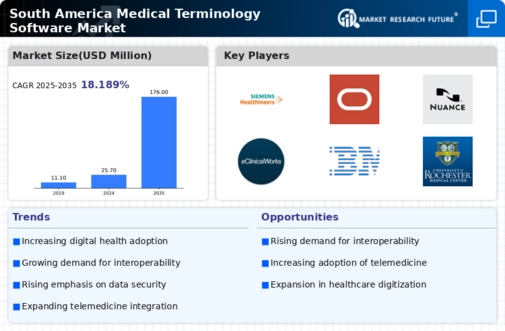
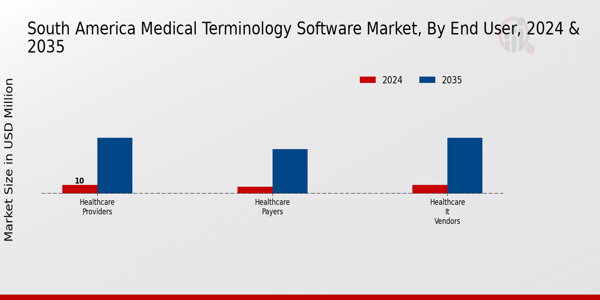
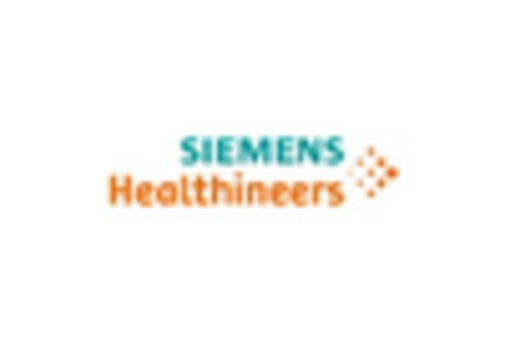
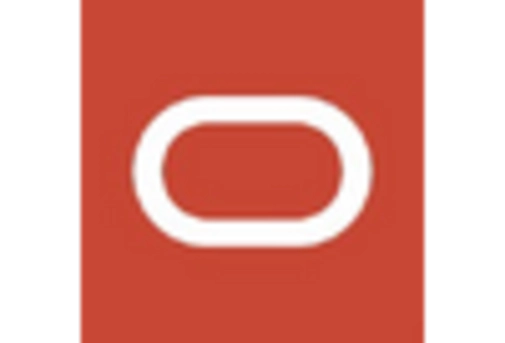
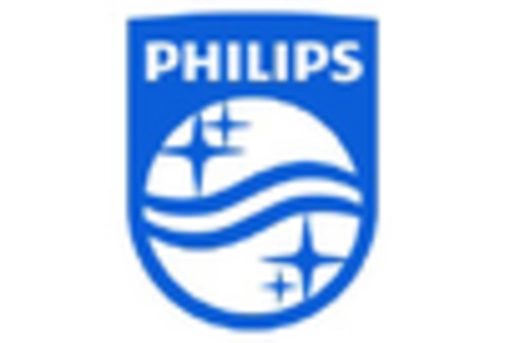
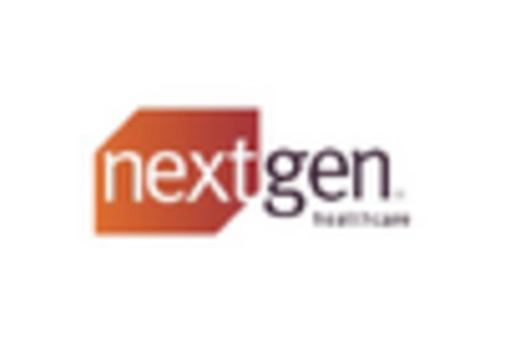
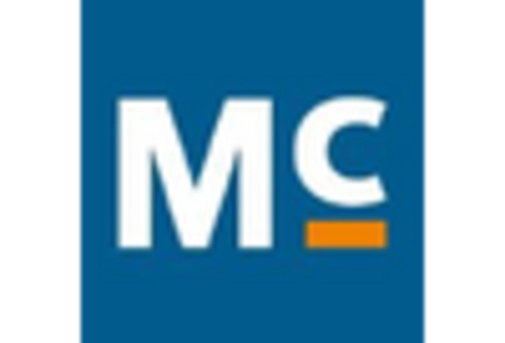
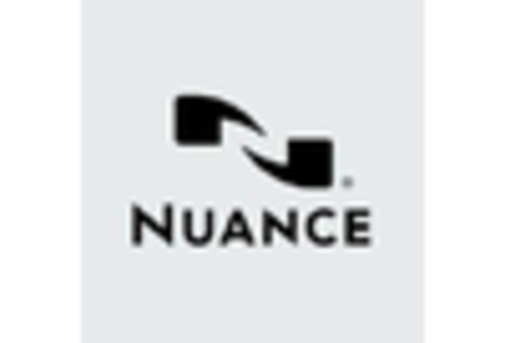



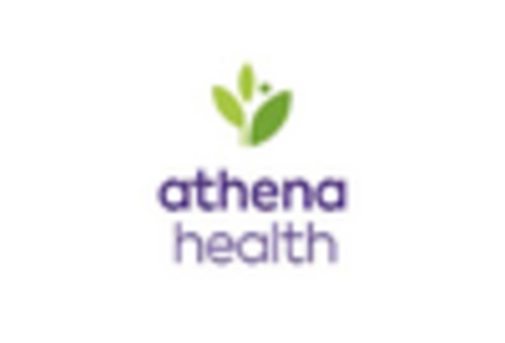










Leave a Comment